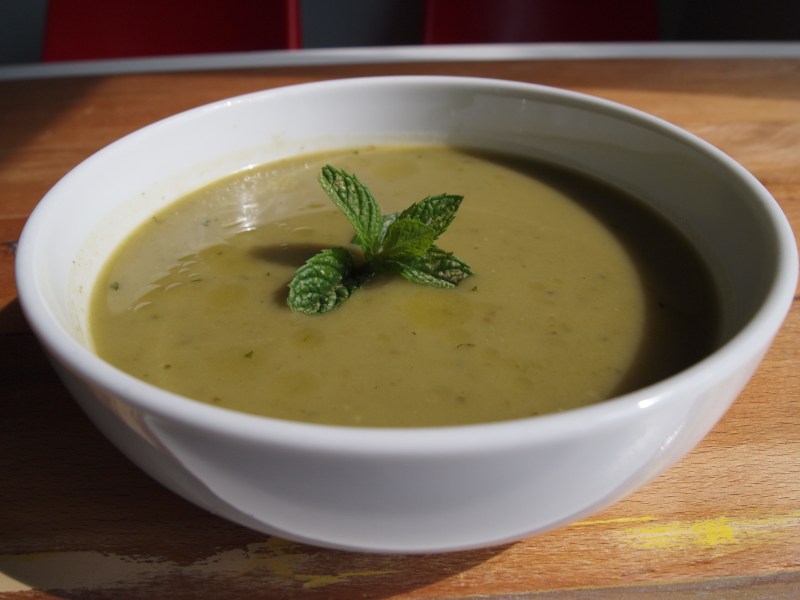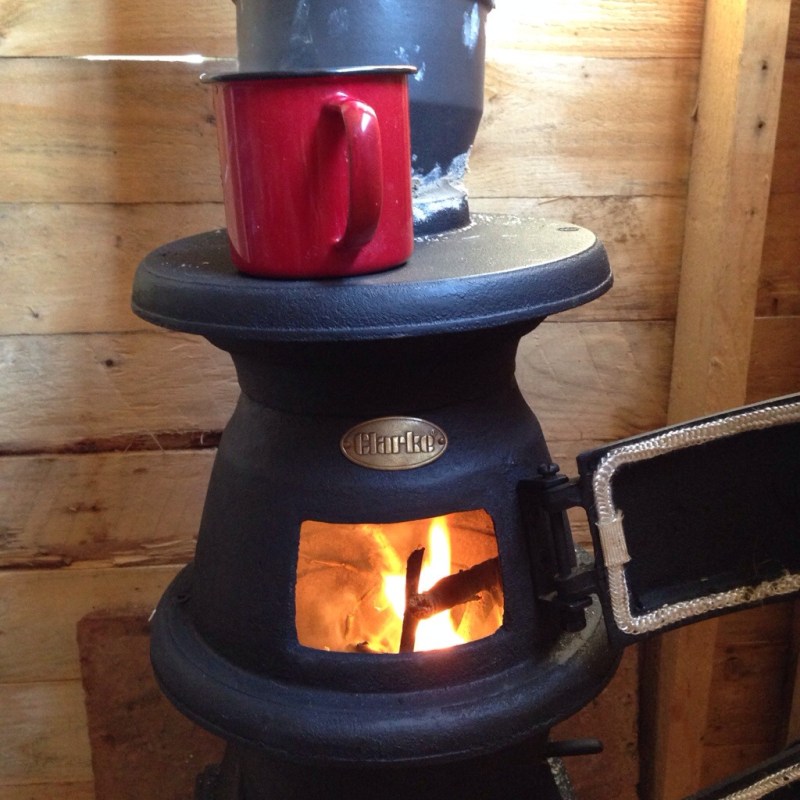After Christmas there is always food leftover. If I’m honest, I prefer the days after Christmas with the cold turkey and leftover bits of this and that, to the main event on Christmas Day. In our house there is organisation of meals before and during the 25th, but once we’ve had the turkey and trimmings hot all meal planning goes a bit by the way side. We eat leftovers for the next few days, with different accompaniments perhaps, but essentially the same for the next few meals. And, as I mentioned, I love it.
Christmas pudding is one of those things that is traditionally on the list of leftovers. It is after all a really heavy pudding, served after a massive roast dinner. Subsequently, only a small portion is consumed by everyone and there is a decent amount left over. It’s all right the next day reheated, and I know some people fry a slice in butter to give it a quick twist, but in ice-cream it’s a revelation. A cold pudding, on its own, or accompanying a poached pear like below, is what is needed sometimes.
There is little spare time at Christmas, so this is a super easy recipe. So easy in fact that it doesn’t warrant a recipe section on this post. Very basically its, get some vanilla ice cream, whizz it in the food processor to make it a little smoother, mix in some leftover Christmas pudding, and refreeze. Remember to get the ice cream out of the freezer with enough time for it to soften, and enjoy with anything or on its own. To make the poached pear below, see my previous pear inspired Favourite Five.




 I like to not spend much money on the allotment. It’s not that I’m not committed to the plot; if we were ever to lose our little bit of land over the other side of the railway lines, I’d be devastated. I just feel that allotments are all about getting the best from very little. Allotmenteering should be about reusing, repurposing, recycling. So, when in need of hooks in the shed recently I was reluctant to nip down to Homebase and buy a hook or two. On a trip to the allotment I noticed some cutlery was being thrown out by a neighbour and procured a spoon or two, setting about making them into a couple of bespoke hooks. Indeed, on closer inspection (they were very dirty, so needed a clean) they revealed themselves as silver spoons!
I like to not spend much money on the allotment. It’s not that I’m not committed to the plot; if we were ever to lose our little bit of land over the other side of the railway lines, I’d be devastated. I just feel that allotments are all about getting the best from very little. Allotmenteering should be about reusing, repurposing, recycling. So, when in need of hooks in the shed recently I was reluctant to nip down to Homebase and buy a hook or two. On a trip to the allotment I noticed some cutlery was being thrown out by a neighbour and procured a spoon or two, setting about making them into a couple of bespoke hooks. Indeed, on closer inspection (they were very dirty, so needed a clean) they revealed themselves as silver spoons!
























